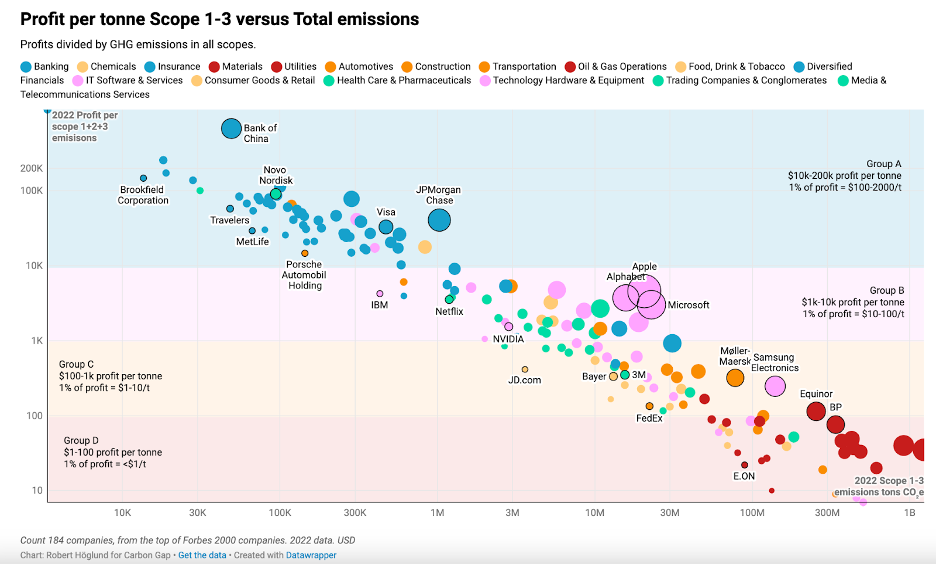The new draft of the Science Based Targets initiative (SBTi) corporate net zero standard acknowledges the critical role of companies in mobilizing climate finance and proposes a larger role for market-based climate action tools, such as carbon credits, to accelerate progress. But the proposed updates fall short of what’s needed to meet the scale and timeline of the climate emergency.
Carbon credits appear in two sections of the draft. First, the draft proposes new near-term carbon removal targets for residual emissions, but only for Scope 1. Second, it proposes stronger incentives for companies to mitigate ongoing emissions on the road to net zero, but leaves this mechanism both optional and vague.
The draft is not final. SBTi has opened a public consultation period through June 1, 2025.
Removal targets now included
The draft proposes new interim targets for carbon removal to neutralize residual Scope 1 emissions. Residual emissions are those left at the net zero year, after companies implement all possible emission reduction measures. In most cases, they’ll make up 10 percent or less of baseline emissions.
To achieve net zero status, companies need to purchase and retire carbon removal credits annually beginning in their net zero year, to neutralize their residual emissions.
The current net zero standard has no requirement that companies begin funding carbon removal prior to their net zero year — typically around mid-century — nor to estimate what their future removal needs will be. The new draft proposes a more proactive approach, introducing both near- and long-term removal targets that would require companies to ramp up carbon removal purchases on the path to net zero.

Source: Carbon Gap 2023, Who Can Pay for Carbon Removal?
Scope 1 only
But the draft limits removal targets to Scope 1 emissions only. While near-term targets of any kind are a welcome step, as written they will not not make a major difference in scaling carbon removal, according to Robert Höglund, co-founder of CDR.fyi, a carbon removal market data platform, and a member of SBTi’s technical advisory group.
That’s because large Scope 1 emitters are less likely to set SBTi targets. Indeed, SBTi will not currently validate targets for companies with direct involvement in fossil fuel extraction. Meanwhile, the bulk of emissions from SBTi-participating companies come from Scope 3 sources.
Interim removal targets for Scope 1 emissions could create demand for up to 2 million carbon removal credits by 2030 from current SBTi participants, according to an analysis from Isometric, a carbon removal registry. Unfortunately, that’s not nearly enough to bring the planet in line with a net zero pathway by mid-century, a goal that will require gigaton-scale removal.
What’s more, high Scope 1 emitters typically have the least ability to pay for carbon removal, as they have the thinnest profit margins per ton of emissions. Meanwhile, downstream companies with high profit margins per ton of emissions — such as finance, professional services and technology — have much lower Scope 1 emissions but higher Scope 3. These companies have a unique role to play in helping to scale carbon removal.
SBTi’s reason for not including projected residual Scope 2 or 3 emissions in interim targets is twofold: companies will eliminate all energy generation emissions (Scope 2) by their net zero years, and estimating residual Scope 3 emissions is complex, based as it is on value chain action. But leaving Scope 3 out of interim removal targets means the lion’s share of residual emissions from companies participating in SBTi will remain unaddressed.
Simplify the calculations
There’s a simple mechanism to solve the complexity problem. Assuming Scope 3 emissions decrease by 90 percent by mid-century, in line with overall emission reductions, that would leave companies with around 10 percent of their baseline Scope 3 emissions to neutralize at their net zero year. Interim near-term removal targets could start there.
A simplified calculation like this would avoid placing new, burdensome emissions calculations on participating companies while recognizing the reality of the scope of carbon removal needed to hit climate targets.&n
Read More

